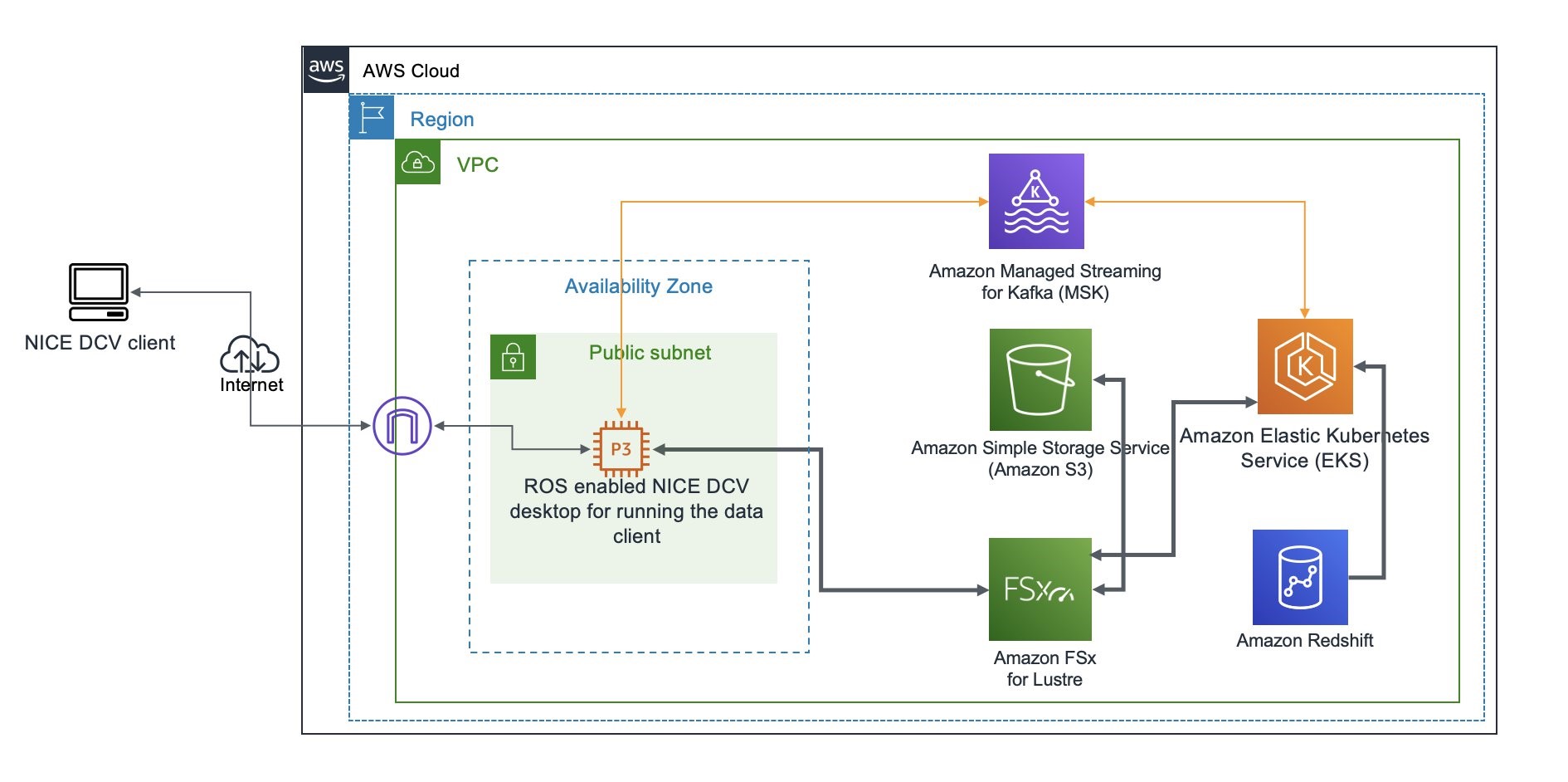AWS Architecture Blog
Category: Compute
Use Amazon EKS and Argo Rollouts for Progressive Delivery
A common hurdle to DevOps strategies is the manual testing, sign-off, and deployment steps required to deliver new or enhanced feature sets. If an application is updated frequently, these actions can be time-consuming and error prone. You can address these challenges by incorporating progressive delivery concepts along with the Amazon Elastic Kubernetes Service (Amazon EKS) […]
Migrating a Database Workflow to Modernized AWS Workflow Services
The relational database is a critical resource in application architecture. Enterprise organizations often use relational database management systems (RDBMS) to provide embedded workflow state management. But this can present problems, such as inefficient use of data storage and compute resources, performance issues, and decreased agility. Add to this the responsibility of managing workflow states through […]
Applying Federated Learning for ML at the Edge
Federated Learning (FL) is an emerging approach to machine learning (ML) where model training data is not stored in a central location. During ML training, we typically need to access the entire training dataset on a single machine. For purposes of performance scaling, we divide the training data between multiple CPUs, multiple GPUs, or a […]
Creating a Multi-Region Application with AWS Services – Part 1, Compute, Networking, and Security
Many AWS services have features to help you build and manage a multi-Region architecture, but identifying those capabilities across 200+ services can be overwhelming. In this 3-part blog series, we filter through those 200+ services and focus on those that have specific features to assist you in building multi-Region applications. In Part 1, we’ll build […]
Optimize your IoT Services for Scale with IoT Device Simulator
The IoT (Internet of Things) has accelerated digital transformation for many industries. Companies can now offer smarter home devices, remote patient monitoring, connected and autonomous vehicles, smart consumer devices, and many more products. The enormous volume of data emitted from IoT devices can be used to improve performance, efficiency, and develop new service and business […]
Use a City Planning Analogy to Visualize and Create your Cloud Architecture
If you are new to creating cloud architectures, you might find it a daunting undertaking. However, there is an approach that can help you define a cloud architecture pattern by using a similar construct. In this blog post, I will show you how to envision your cloud architecture using this structured and simplified approach. Such […]
Field Notes: Building a Data Service for Autonomous Driving Systems Development using Amazon EKS
Many aspects of autonomous driving (AD) system development are based on data that capture real-life driving scenarios. Therefore, research and development professionals working on AD systems need to handle an ever-changing array of interesting datasets composed from the real-life driving data. In this blog post, we address a key problem in AD system development, which […]
Volotea MRO Modernization in AWS
Volotea is one of the fastest growing independent airlines in Europe, and has increased its fleet, routes, and number of available seats year over year. Volotea has already transported more than 30 million passengers across Europe since 2012, and has bases in 16 European capitals. The maintenance, repair, and overhaul (MRO) application is a critical […]
Field Notes: Building On-Demand Disaster Recovery for IBM DB2 on AWS
With the increased adoption of critical applications running in the cloud, customers often find themselves revisiting traditional strategies that were adopted for on-premises workloads. When it comes to IBM DB2, one of the first decisions to make is to decide what backup and restore method will be used. In this blog post, we will show […]
Ingesting PI Historian data to AWS Cloud using AWS IoT Greengrass and PI Web Services
In process manufacturing, it’s important to fetch real-time data from data historians to support decisions-based analytics. Most manufacturing use cases require real-time data for early identification and mitigation of manufacturing issues. A limited set of commercial off-the-shelf (COTS) tools integrate with OSIsoft’s PI Historian for real-time data. However, each integration requires months of development effort, […]








